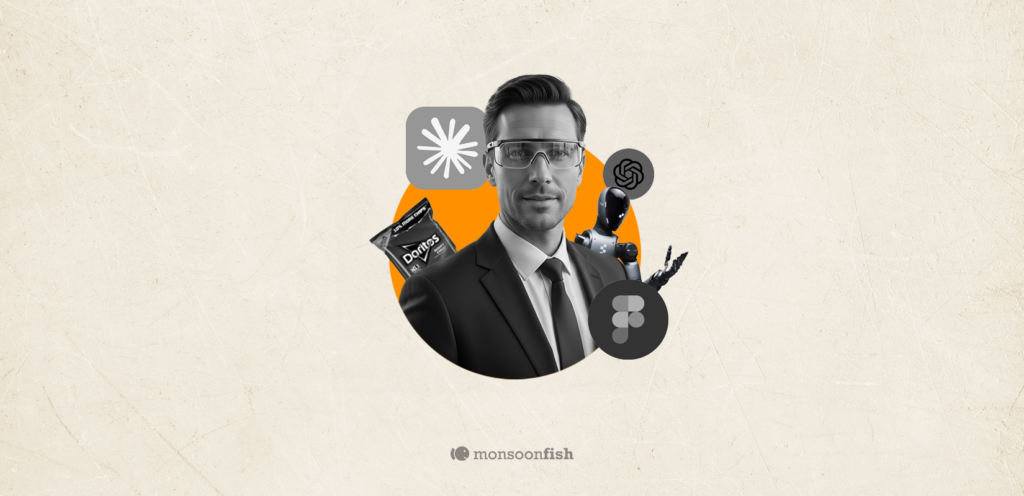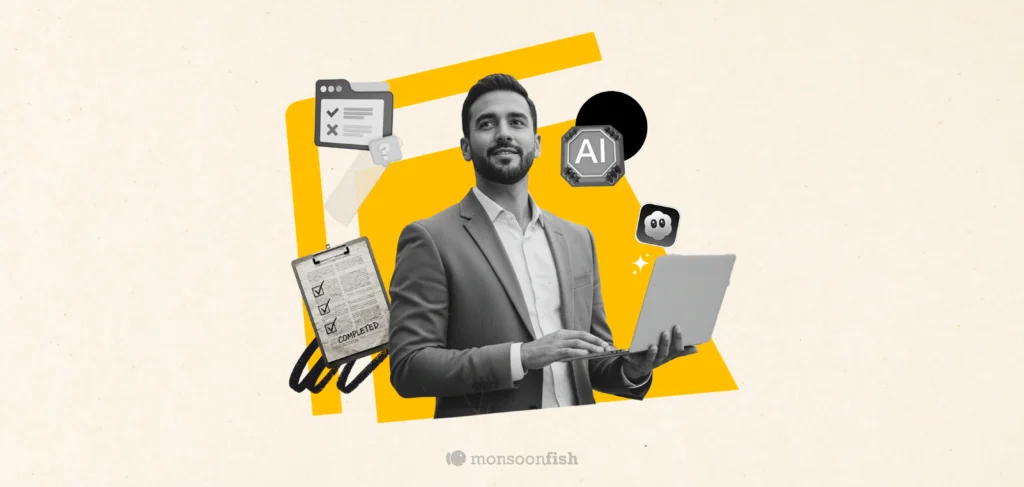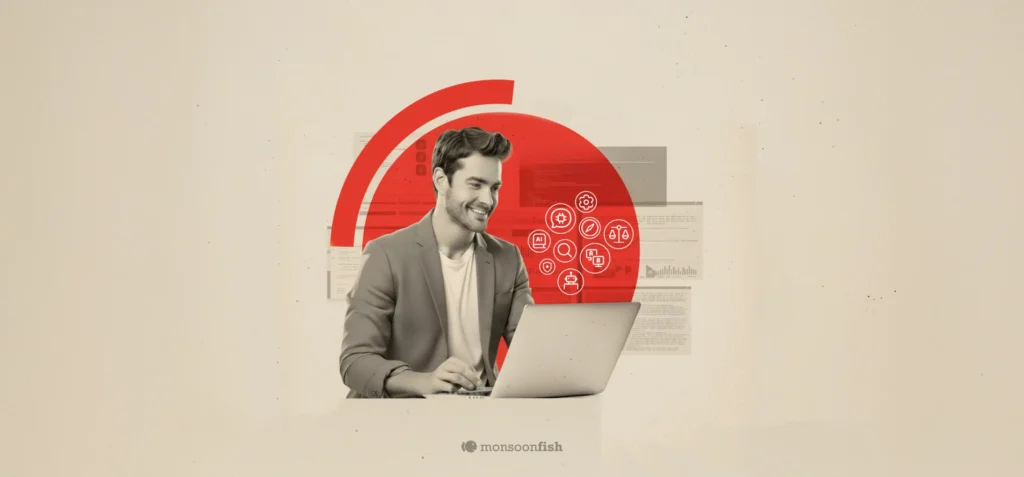Hofstadter’s Law
Our perception of time often exceeds the actual time it takes to complete a task.

Hofstadter’s Law
Alex was excited for his long-awaited trip to visit family across the country. After months of planning, he was finally at the airport, ready for his flight. As he settled in at the gate, he received an alert on his phone: “Your flight has been delayed by 45 minutes.”
He wasn’t thrilled but figured it wasn’t the end of the world. He sat back and pulled out his book, thinking he’d pass the time easily. But as the minutes ticked by, Alex started to feel like time was moving slower than usual. He checked his phone again—30 minutes left. Then 20. Every time he glanced at the clock, it felt like the delay was dragging on.
At that moment, the airport’s digital display updated, showing a countdown clock for his flight with real-time information: “Flight departing in 15 minutes.” Below, a map indicated where the plane was currently located—still on the ground in the next city over. The digital display also showed the expected time of arrival and any necessary updates for boarding.
For the first time, Alex felt reassured. He had a clear understanding of how much time was left until he could board and knew exactly when the plane would be taking off. Seeing the plane’s progress on the map, knowing it was on track, and having that specific information made the wait seem more predictable.
When the flight finally started boarding, Alex felt the delay had been far more tolerable than he’d anticipated. His perception of the waiting time had significantly improved with the added context.
Hofstadter’s Law highlights that our perception of time often exceeds the actual time it takes to complete a task or experience. Even though the delay was 45 minutes, the ability to track the plane’s progress and receive real-time updates helped manage passenger expectations. By providing visibility into the situation, the airport reduced customer anxiety by making the wait feel much shorter. In systems with wait times, offering clear, real-time information and setting expectations can significantly improve user satisfaction.
Contents
CATEGORIES

























